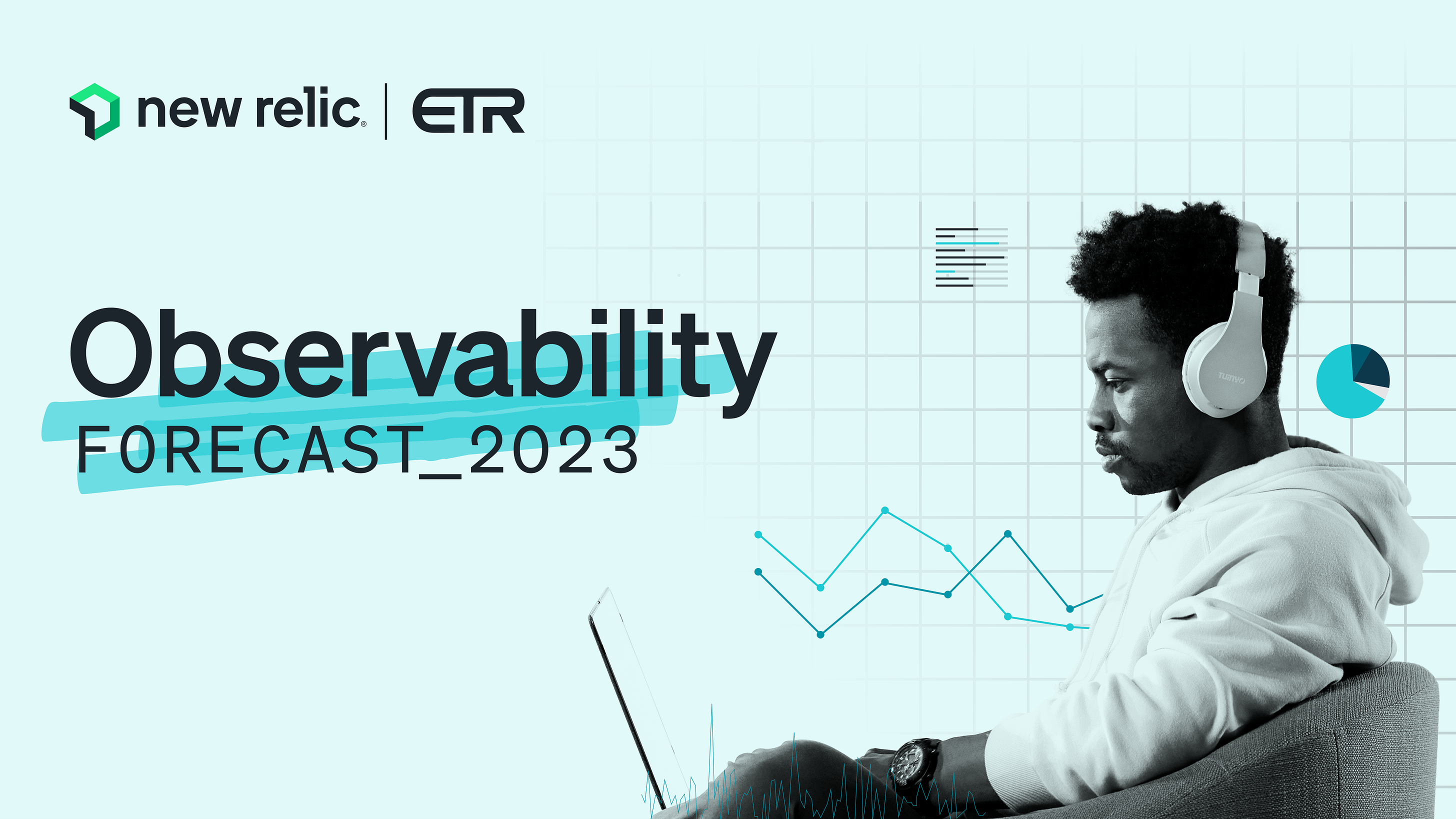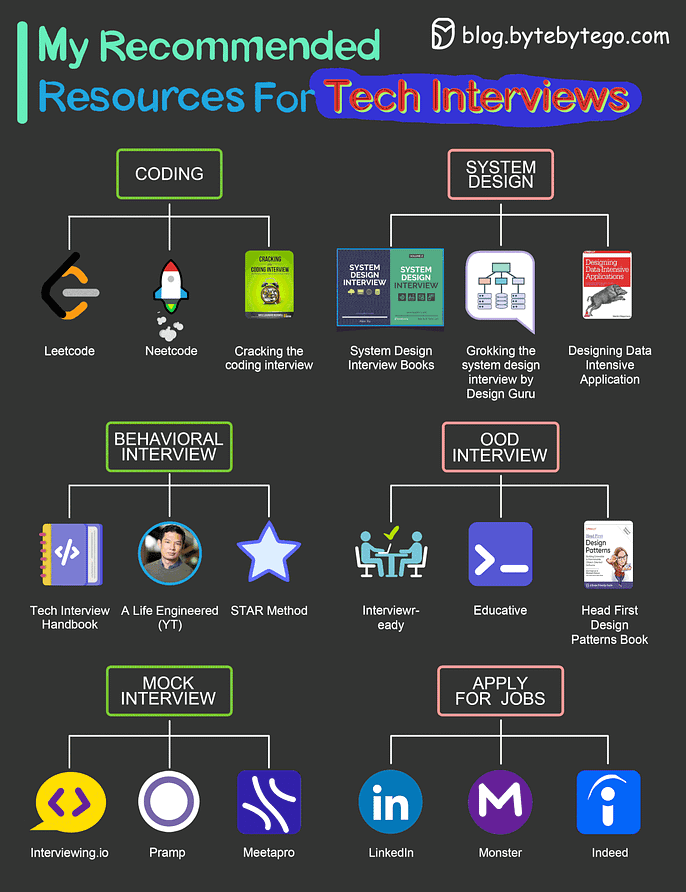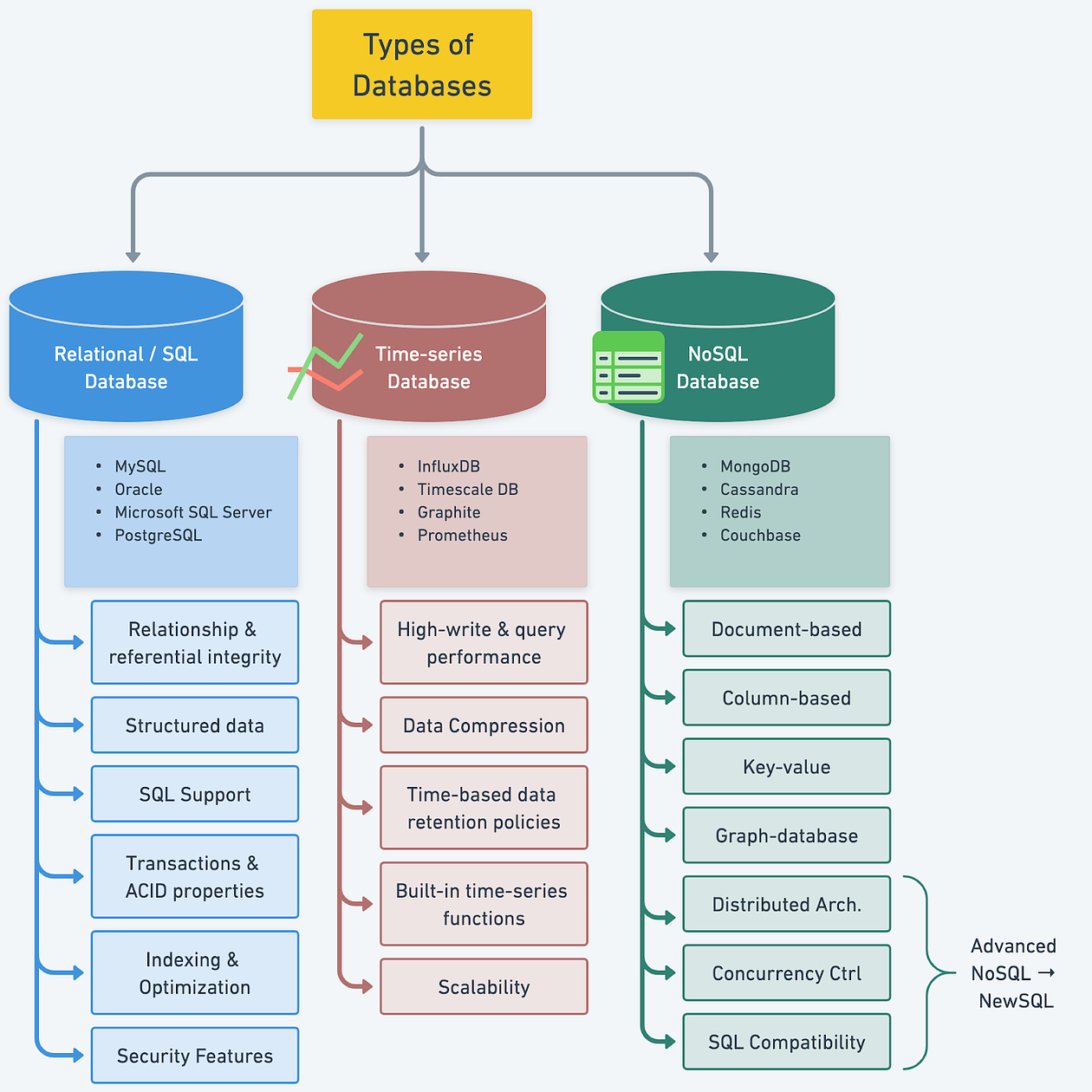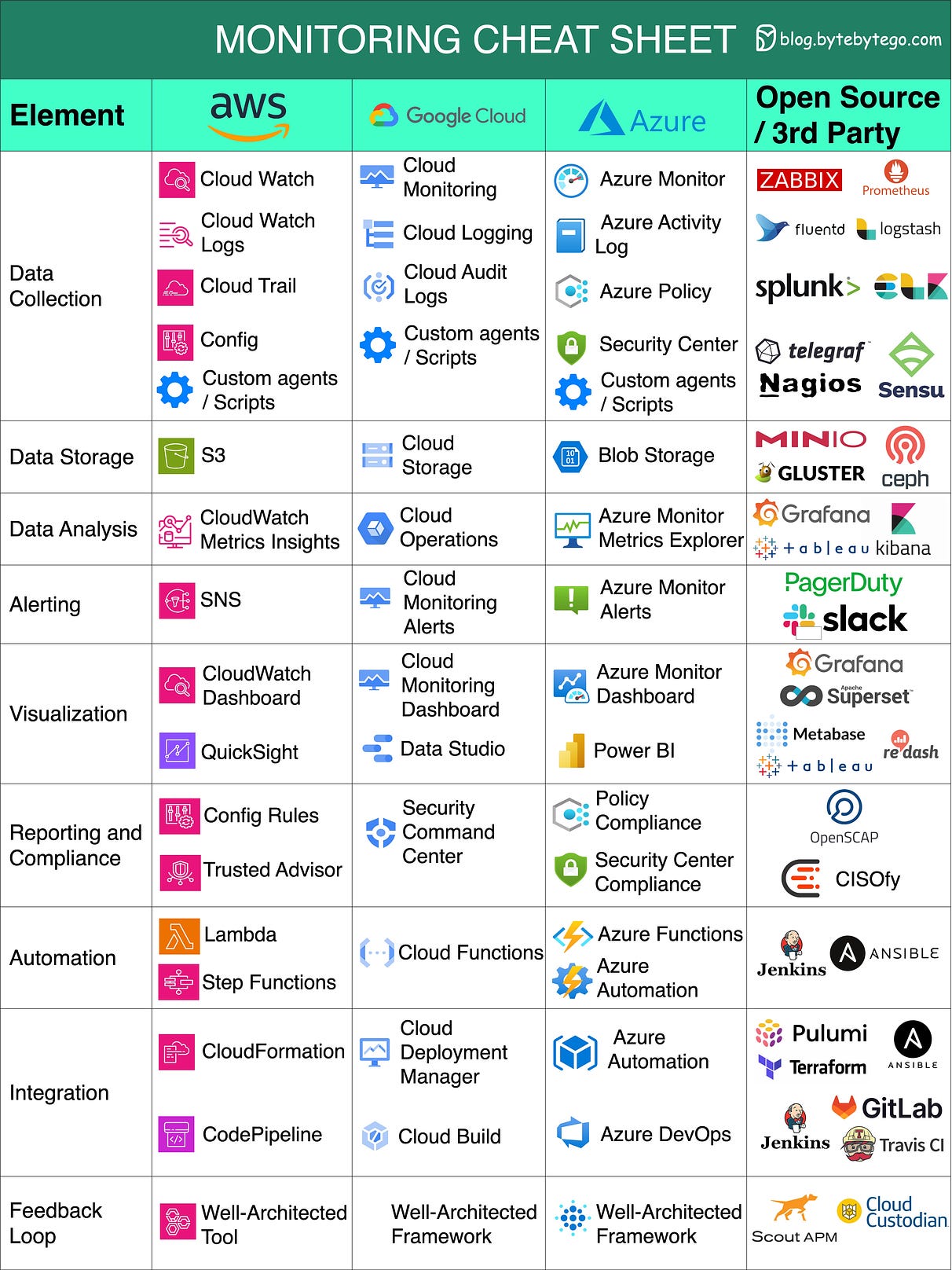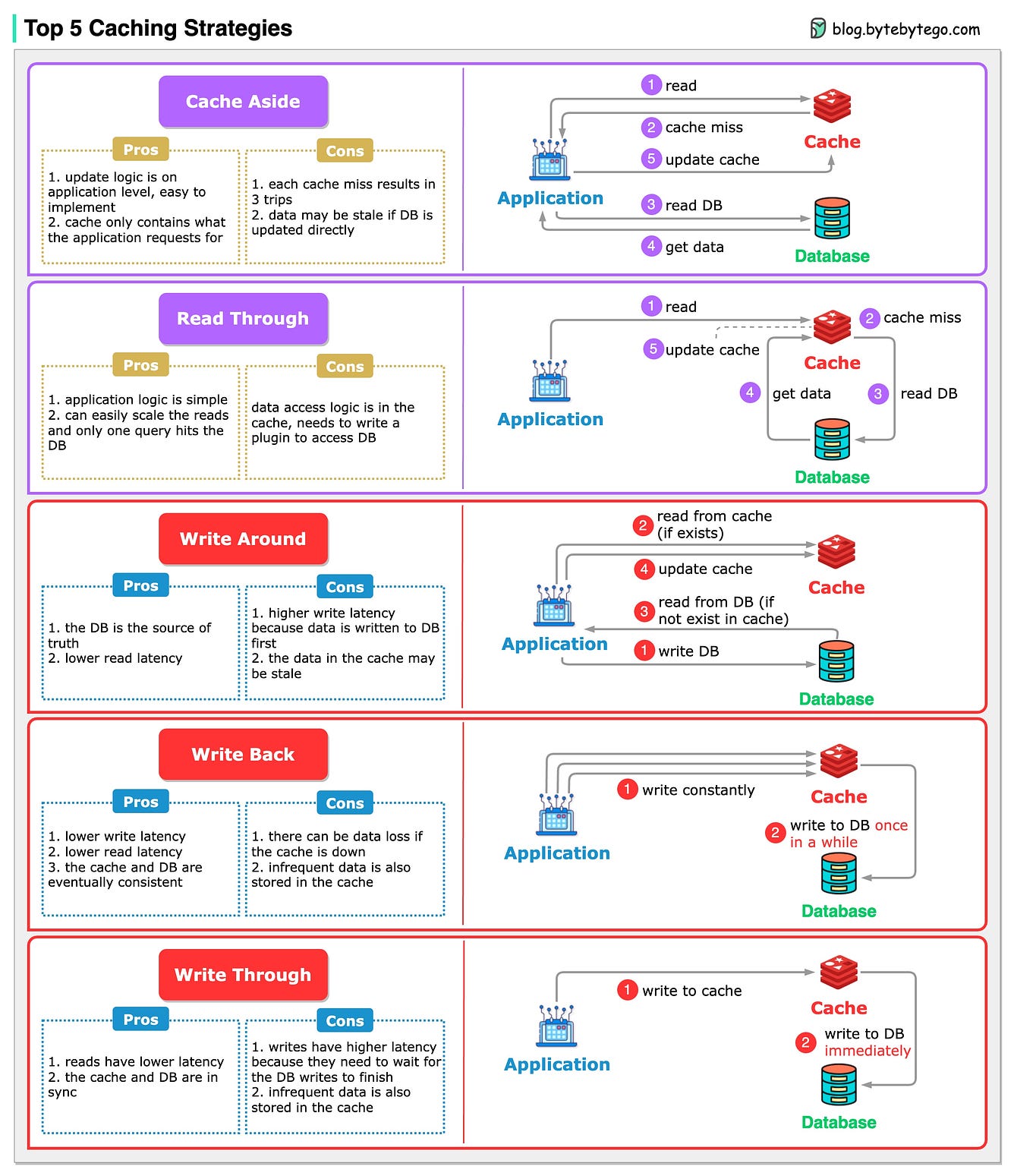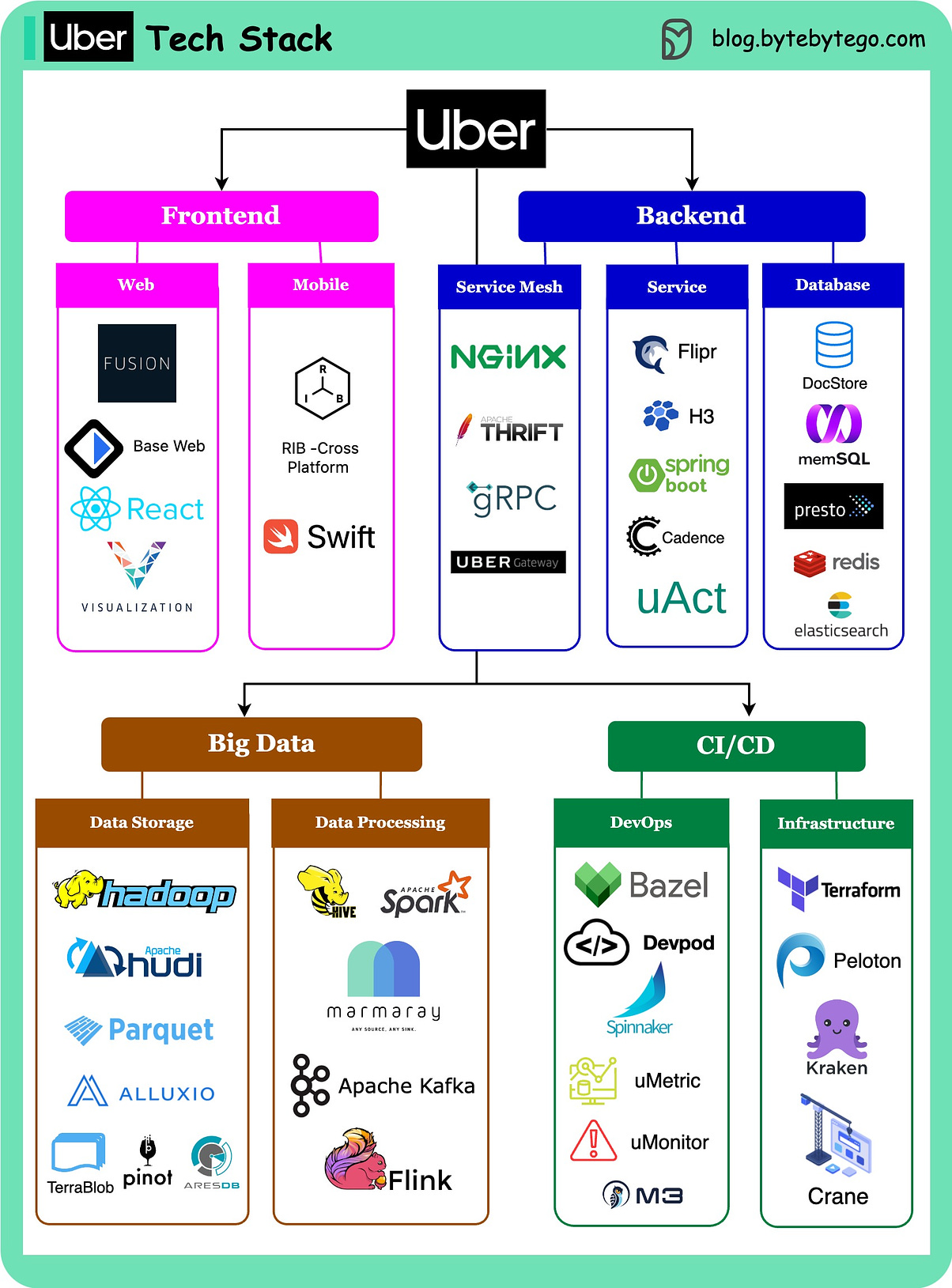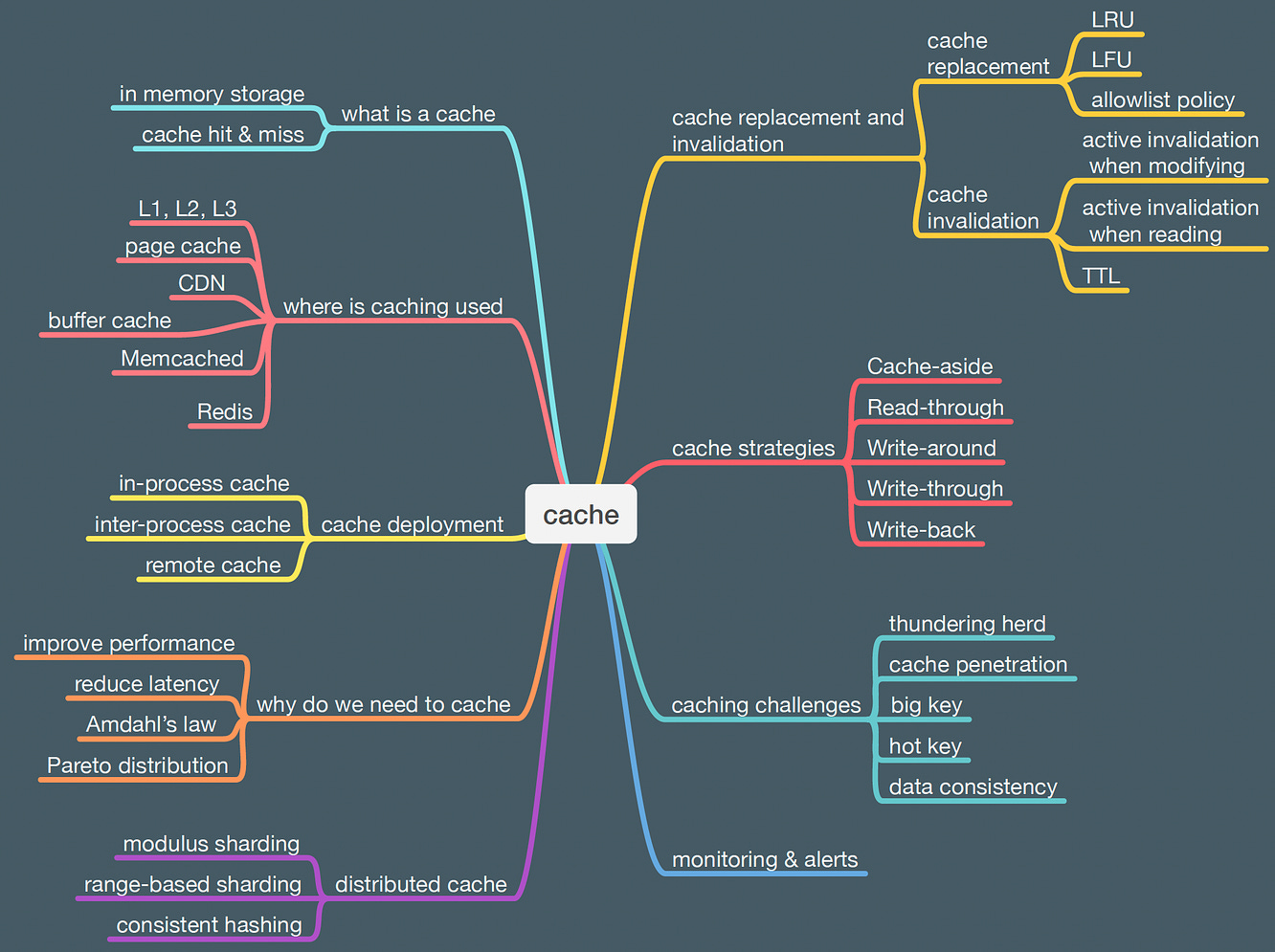- Mailing Lists
- in
- EP77: My Recommended Materials for Cracking Your Next Technical Interview
Archives
- By thread 4940
-
By date
- June 2021 10
- July 2021 6
- August 2021 20
- September 2021 21
- October 2021 48
- November 2021 40
- December 2021 23
- January 2022 46
- February 2022 80
- March 2022 109
- April 2022 100
- May 2022 97
- June 2022 105
- July 2022 82
- August 2022 95
- September 2022 103
- October 2022 117
- November 2022 115
- December 2022 102
- January 2023 88
- February 2023 90
- March 2023 116
- April 2023 97
- May 2023 159
- June 2023 145
- July 2023 120
- August 2023 90
- September 2023 102
- October 2023 106
- November 2023 100
- December 2023 74
- January 2024 75
- February 2024 75
- March 2024 78
- April 2024 74
- May 2024 108
- June 2024 98
- July 2024 116
- August 2024 134
- September 2024 130
- October 2024 141
- November 2024 171
- December 2024 115
- January 2025 216
- February 2025 140
- March 2025 220
- April 2025 233
- May 2025 239
- June 2025 51
EP77: My Recommended Materials for Cracking Your Next Technical Interview
EP77: My Recommended Materials for Cracking Your Next Technical Interview
This week’s system design refresher:
The 2023 Observability Forecast report is here! (Sponsored)The third annual Observability Forecast by New Relic is out now! We surveyed 1,700 technology professionals—making it the largest, most comprehensive study of its kind in the observability industry. The survey results show that observability continues to deliver a clear, positive business impact and a 2x median annual return on investment (ROI). Organizations continue to see the business value of observability—and expect to invest more in it. My recommended materials for cracking your next technical interviewCoding
System Design Interview
Behavioral interview
OOD Interview
Mock interviews
Apply for Jobs
Over to you: What is your favorite interview prep material? Latest articlesIf you’re not a subscriber, here’s what you missed this month. To receive all the full articles and support ByteByteGo, consider subscribing: A nice cheat sheet of different monitoring infrastructure in cloud servicesThis cheat sheet offers a concise yet comprehensive comparison of key monitoring elements across the three major cloud providers and open-source / 3rd party tools. Let's delve into the essential monitoring aspects covered:
Over to you: How do you prioritize and leverage these essential monitoring aspects in your domain to achieve better outcomes and efficiency? One picture is worth a thousand words - Top 5 Caching StrategiesWhen we introduce a cache into the architecture, synchronization between the cache and the database becomes inevitable. Let’s look at 5 common strategies how we keep the data in sync.
The caching strategies are often used in combination. For example, write-around is often used together with cache-aside to make sure the cache is up-to-date. Uber Tech StackThis post is based on research from many Uber engineering blogs and open-source projects. If you come across any inaccuracies, please feel free to inform us. The corresponding links are added in the comment section. Web frontend: Uber builds Fusion.js as a modern React framework to create robust web applications. They also develop visualization.js for geospatial visualization scenarios. How many message queues do you know?Like a post office, a message queue helps computer programs communicate in an organized manner. Imagine little digital envelopes being passed around to keep everything on track. There are a few key features to consider when selecting message queues:
Try out a message queue and practice sending and receiving messages until you're comfortable. Choose an easy one like Kafka and experiment with sending and receiving messages. Read books or take online courses as you get more comfortable. Build little projects and learn from those who have already been there. Soon, you'll know everything about message queues. Latest articlesHere are the latest articles you may have missed: To receive all the full articles and support ByteByteGo, consider subscribing: © 2023 ByteByteGo |
by "ByteByteGo" <bytebytego@substack.com> - 11:35 - 16 Sep 2023
